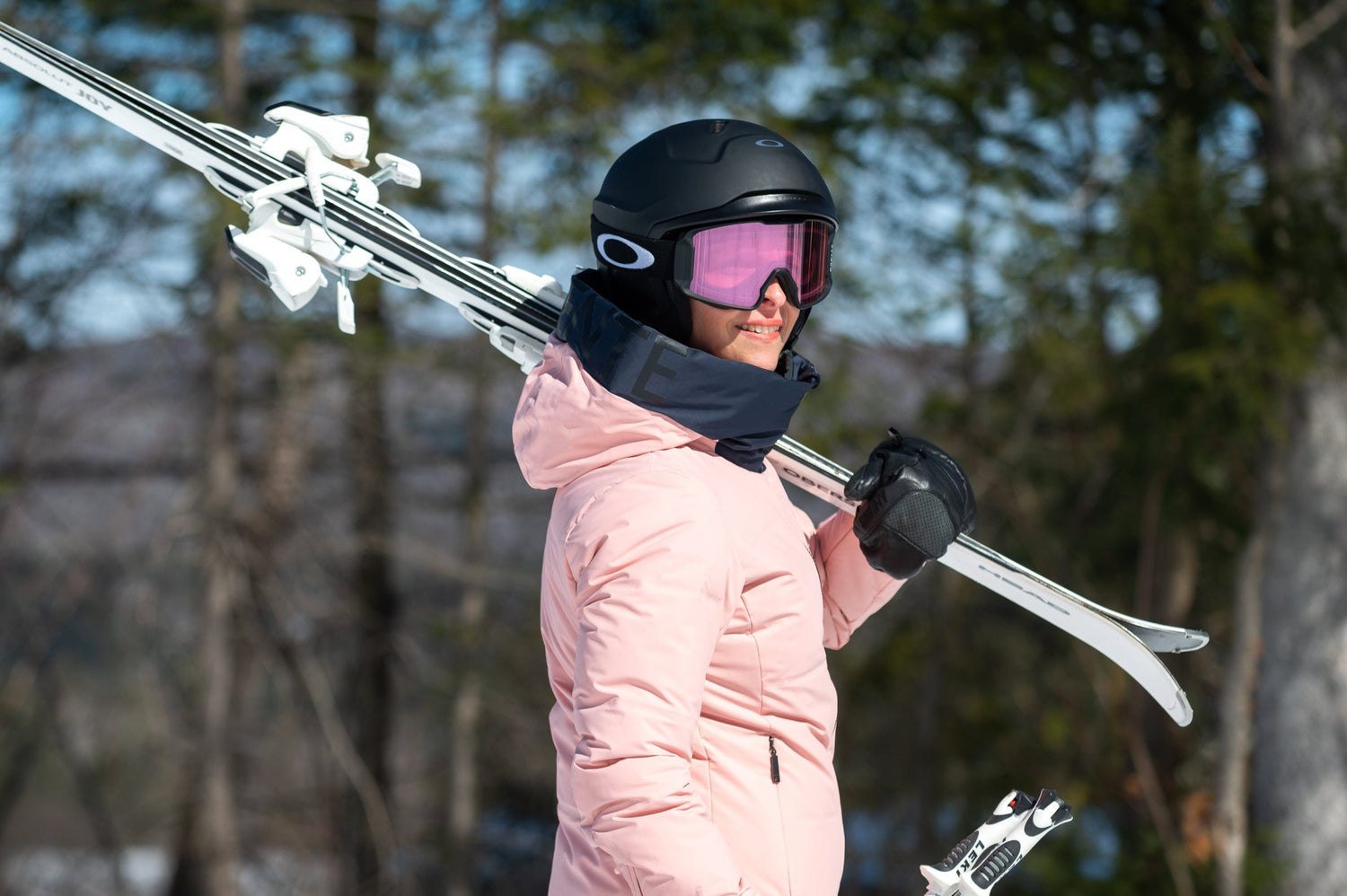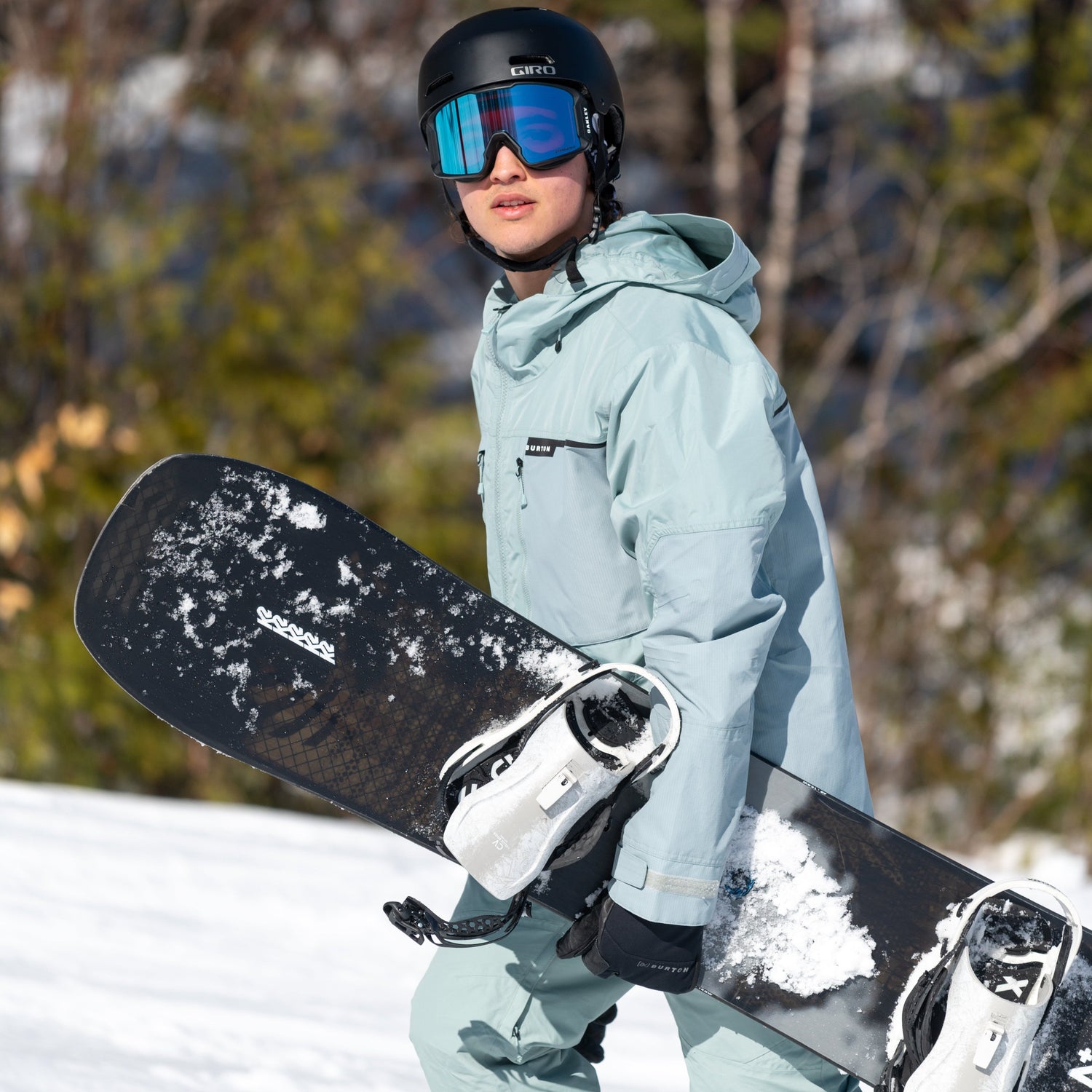1. The Three-Layer System for Cross-Country Skiing
Dressing in layers wins the Oscar here. Given the cardiovascular demands of cross-country skiing, layering is ideal for exploring the trails. You generally wear two to three layers: a base, mid and outer layer.
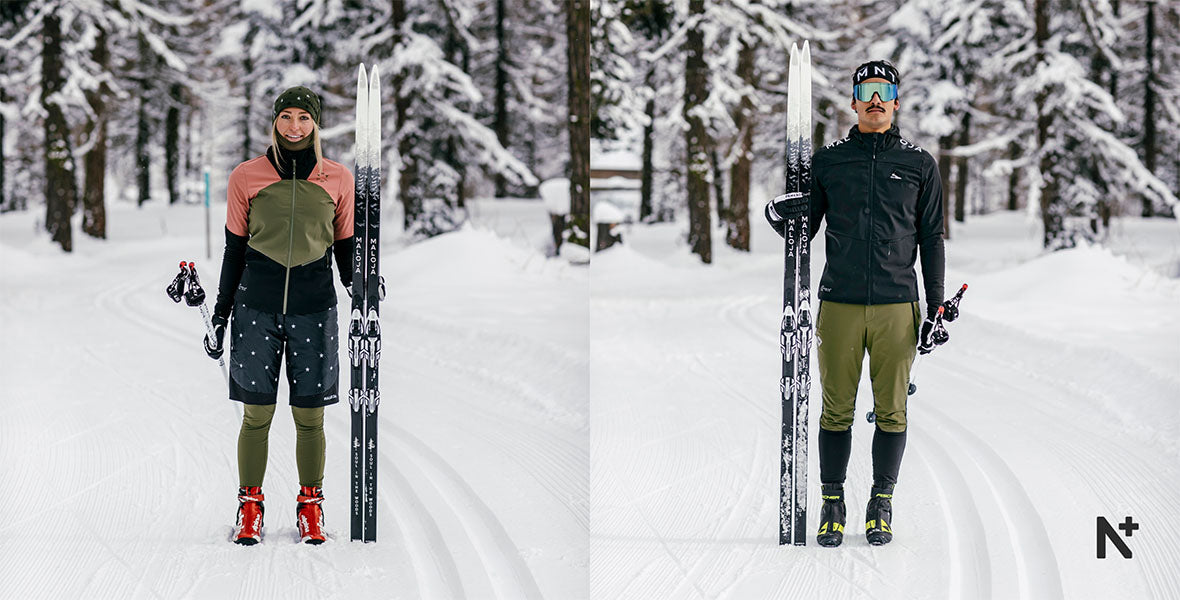
To choose the right cross-country ski clothes, you need to analyze two factors that will shape your choices. The first is the temperature outside—cold, mildness, wind, snow and so on. The second one relates to the intensity of your outing. Will you be training to reach a high level or going on a leisurely jaunt?
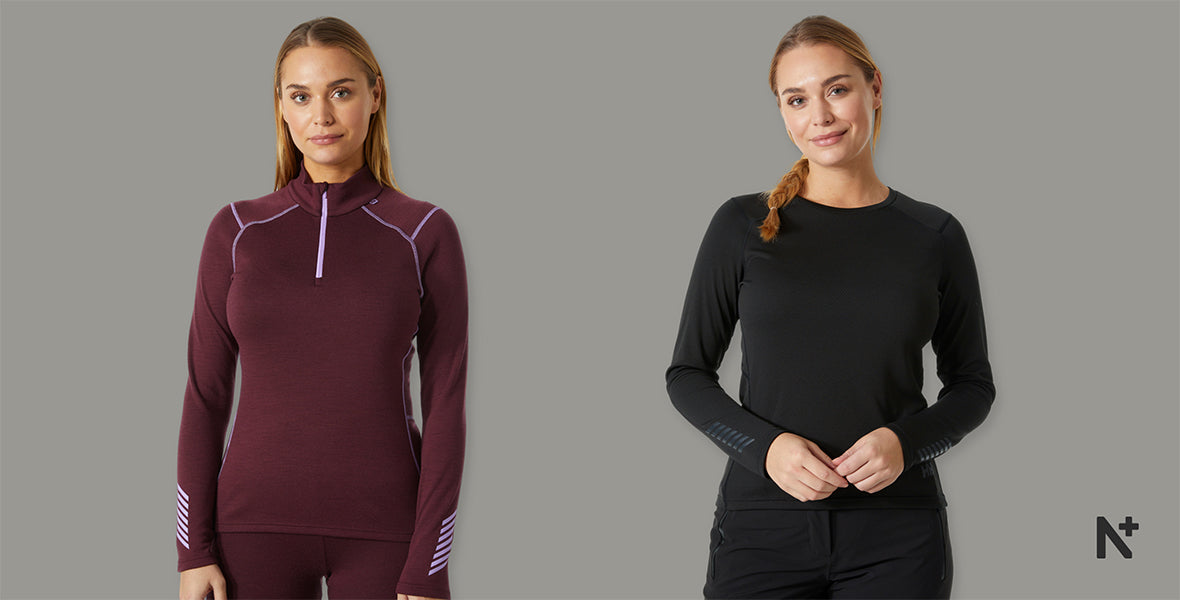
2. Cross-Country Ski Base Layer
Depending on your intensity level for the day, you can choose between a base layer made of synthetic fibres or natural fibres, such as merino wool. A synthetic base layer provides better moisture wicking to keep you dry, which makes it perfect for a faster pace. Both types of base layers for cross-country skiing should be worn directly on the skin with a slim fit.
Merino wool, on the other hand, helps retain heat while being breathable. Merino wool absorbs moisture that is released but keeps your skin dry and your body warm. Some base layers are made with a mix of merino wool and synthetics, such as Helly Hansen LIFA Merino base layers. This combination creates an excellent breathability-to-warmth ratio.
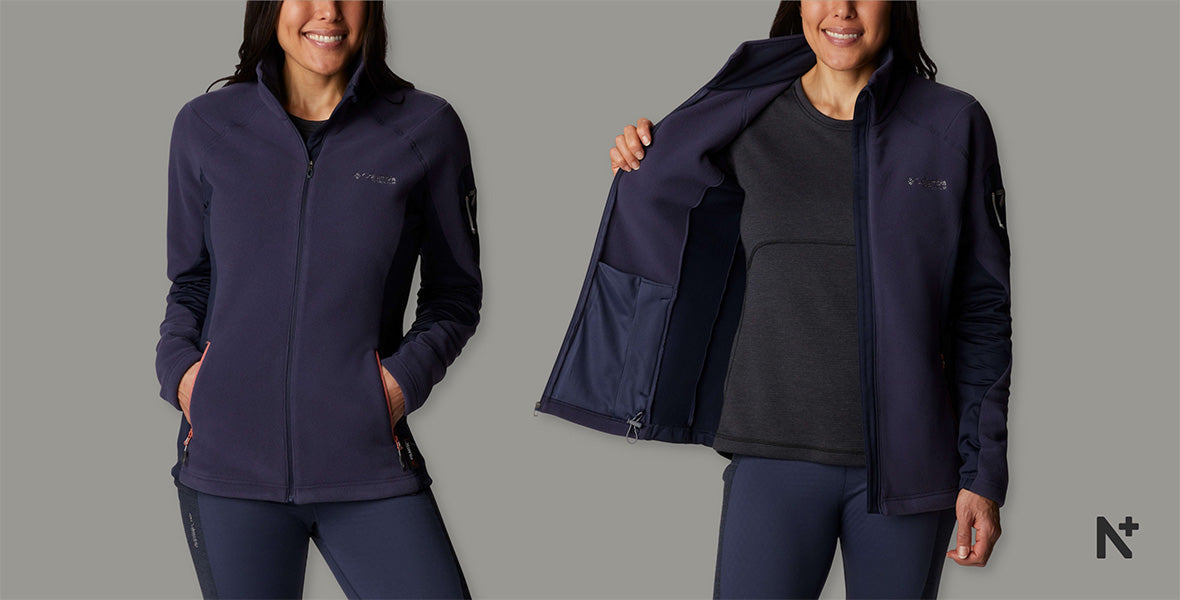
3. Cross-Country Ski Mid Layer
Nothing stops you from going cross-country skiing—not even -30 degrees? A mid layer, which you wear over a base layer, traps your body heat. To avoid moisture buildup, go with synthetic insulation. Depending on the outdoor temperature, the middle layer can be an insulated vest or a pullover made of brushed fabric or merino wool.
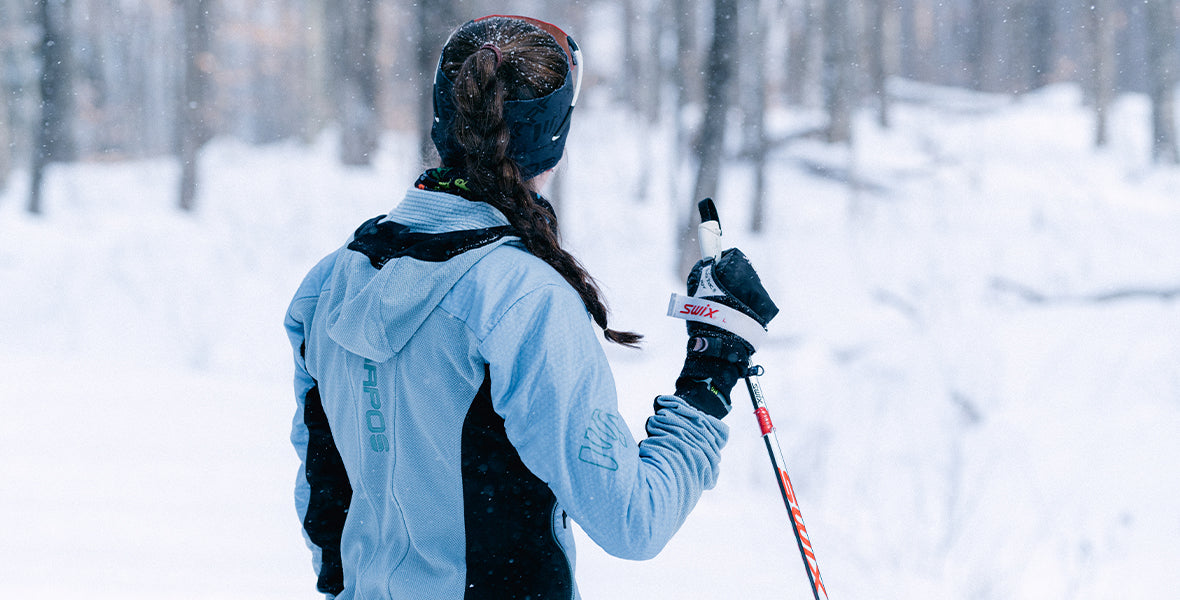
4. Cross-Country Ski Jackets
A cross-country ski jacket protects you against the wind. It must be made of wind-blocking materials. In addition, since it protects you from the elements, it should be water-resistant so you can ski the trails when it’s snowing without getting drenched.
Some models of cross-country ski jackets are strategically insulated to hold in body heat in cold weather. In addition, soft shell jackets with a brushed fabric lining are an outstanding choice that gives you good mobility and protection against the wind.
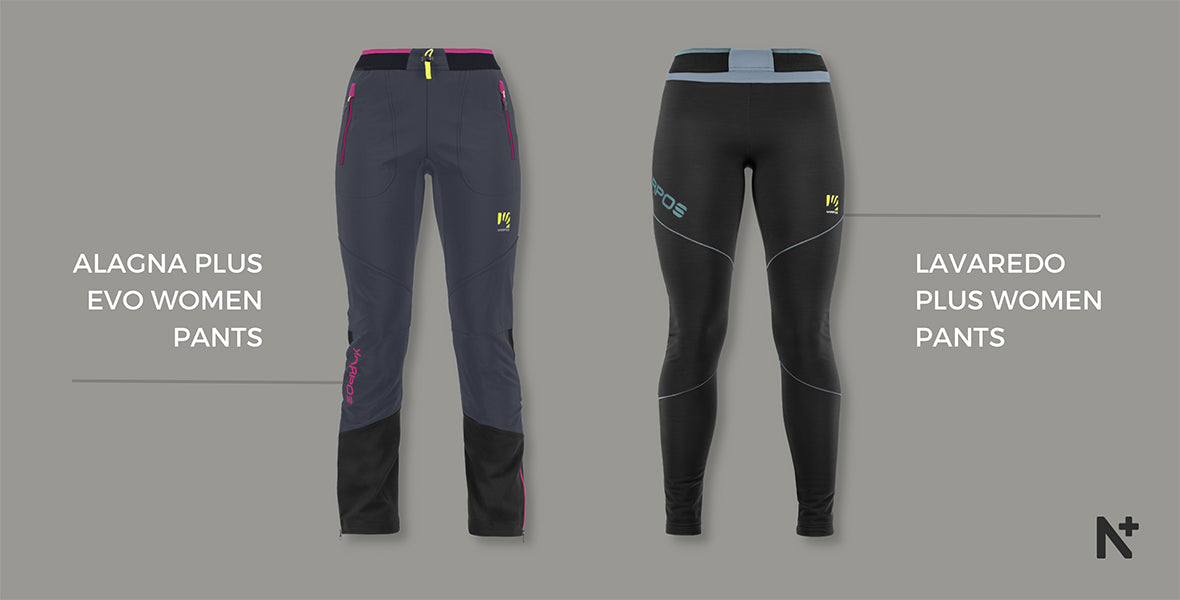
5. Cross-Country Ski Tights and Pants
To protect your legs, cross-country ski tights with a brushed fabric lining are an outstanding choice. Just like your cross-country ski jacket, they should be windproof, stretchable and water-resistant. Depending on the day’s temperature, you can also add insulated shorts to provide better protection and heat preservation.
In addition, you can also go with soft shell-type pants over a base layer.
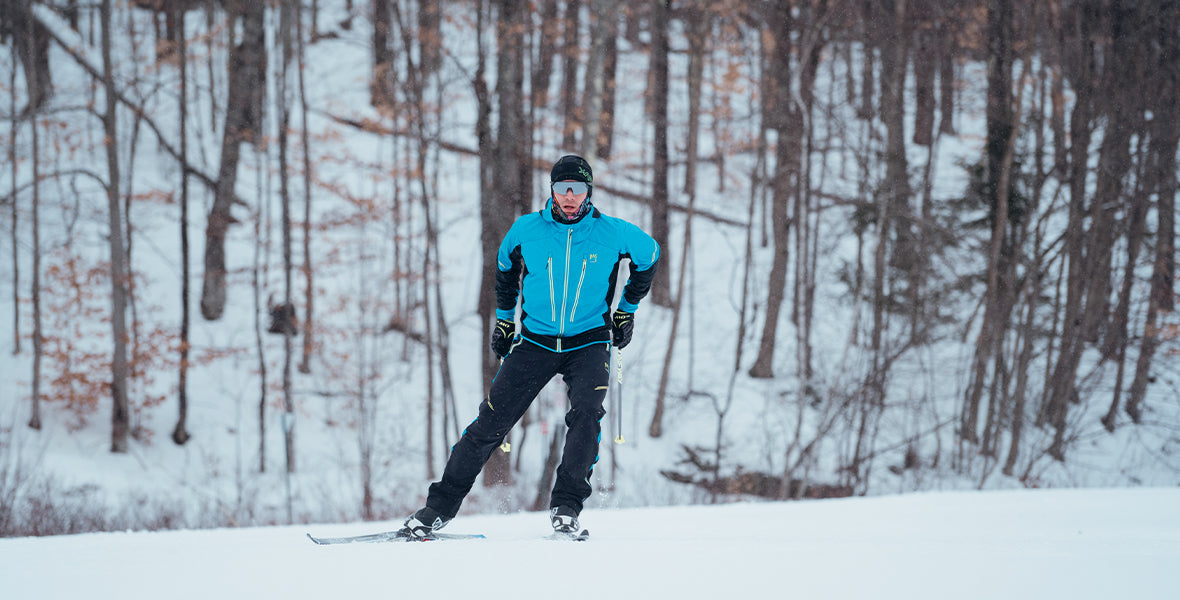
6. Cross-Country Ski Accessories
Your feet, hands and ears need a little warmth. To protect your head, a thin headband or beanie with or without microfleece lining is ideal. For your hands, gloves are preferable to mittens because they give you the dexterity needed to grip the poles. However, three-finger gloves are a good in-between option.
For your feet, socks made of a blend of wool and synthetic fibres offer an excellent heat-to-moisture-wicking ratio.
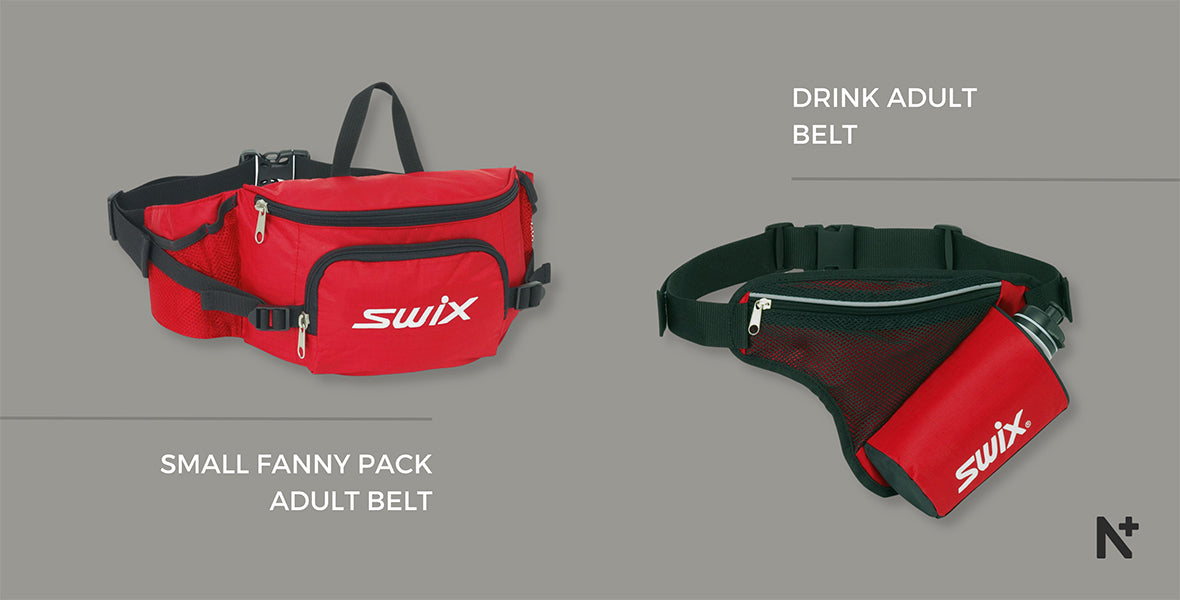
7. Cross-Country Ski Packs
Waist packs are a cross-country skiing essential. They feature compartments that hold water bottles so that you can hydrate easily. Plus, you can store snacks, a headlamp if needed, your car keys and all your accessories.
Throughout the cross-country ski season, assess your best clothing combinations so you can replicate them for your next outings. The more you ski, the better you’ll be at choosing your clothes each time out.
